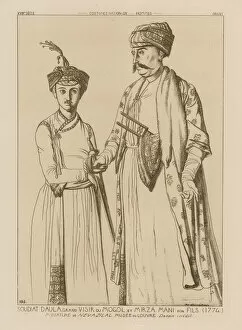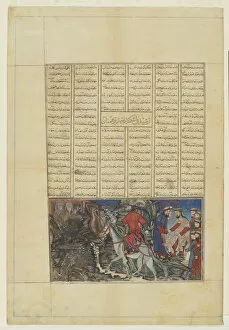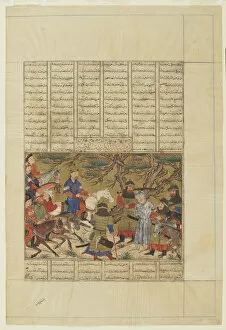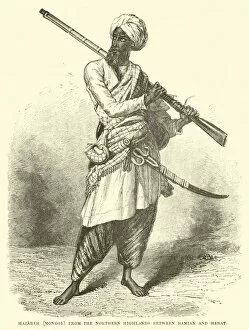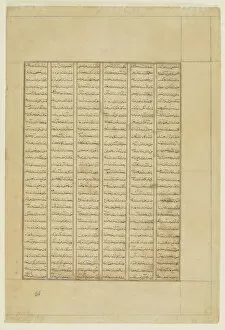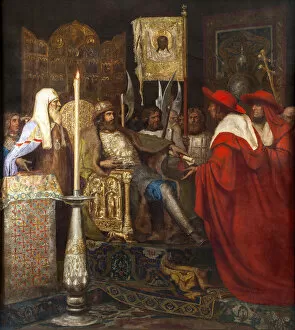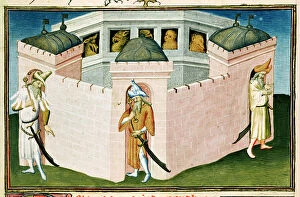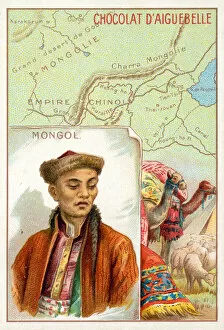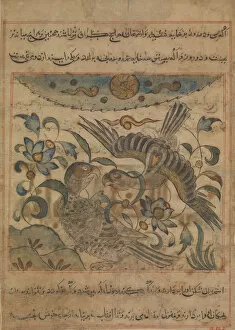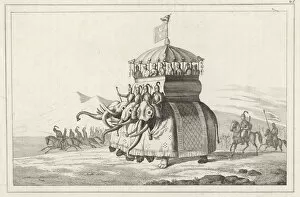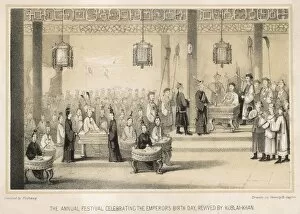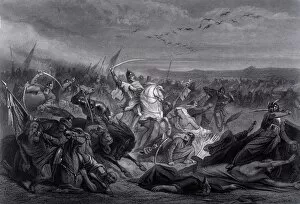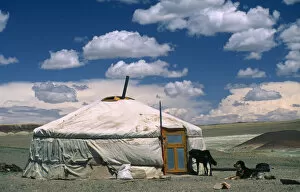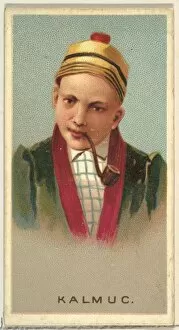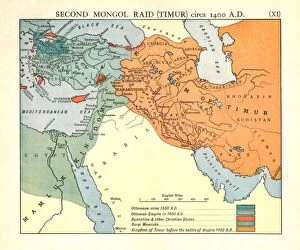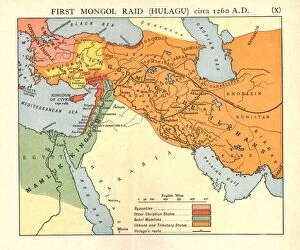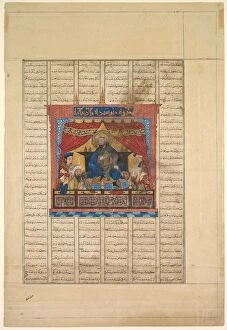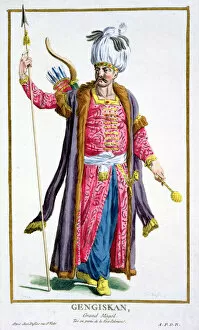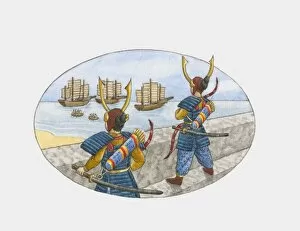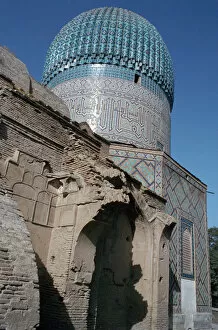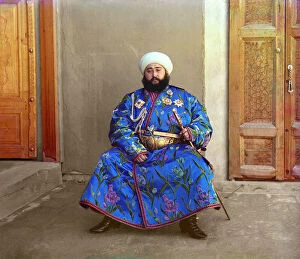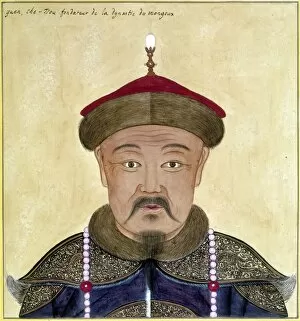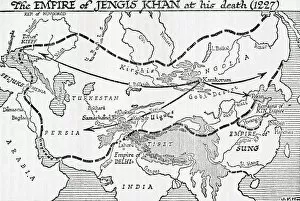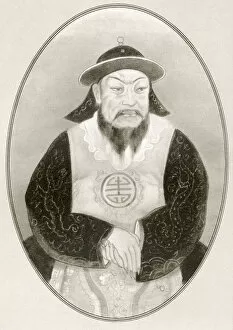Mongol Collection (#3)
"The Mighty Mongols: Conquerors of Asia" Step into the fascinating world of the Mongol Empire, as we explore their vast dominion through a captivating journey
For sale as Licensed Images
Choose your image, Select your licence and Download the media
"The Mighty Mongols: Conquerors of Asia" Step into the fascinating world of the Mongol Empire, as we explore their vast dominion through a captivating journey. 🗺️✨ From the expansive steppes of Central Asia to the far reaches of Siberia, the Mongols left an indelible mark on history. Led by their fearless leader Genghis Khan, they forged one of the largest empires ever known. Mounted on their swift and sturdy horses, these skilled Mongol horsemen were unmatched in battle. Their horsemanship was legendary, allowing them to conquer vast territories with astonishing speed and precision. 🐎🏹 Witnessing a display of their prowess would leave you in awe - imagine witnessing thousands soldiers demonstrating their incredible skills on horseback. It's no wonder that even Coleridge immortalized this grandeur in his poem "Kubla Khan. " But it wasn't just about war for the Mongols; they had a rich cultural tapestry too. Picture a beautiful Siberian Tartar woman gracefully adorned alongside a Russian-Mongol couple - showcasing how diverse influences shaped this empire. The nomadic lifestyle was at the heart of Mongolian society, constantly moving camp across boundless landscapes. This constant motion allowed them to adapt swiftly and thrive amidst changing environments. Genghis Khan himself stands as an emblematic figure – an emperor-founder who transformed history forever. His vision united disparate tribes under one rule and brought prosperity to lands once divided. As we delve deeper into this enthralling chapter, let us not forget remarkable places like Persia's Soltaniyeh or Kazakh Khanate governed by Zhangir Khan – testaments to Mongolia's enduring legacy. Join us on this expedition through time and space as we unravel tales from ancient Asia – where warriors rode freely across continents leaving behind an everlasting imprint that still resonates today.


